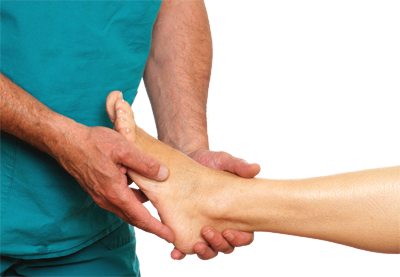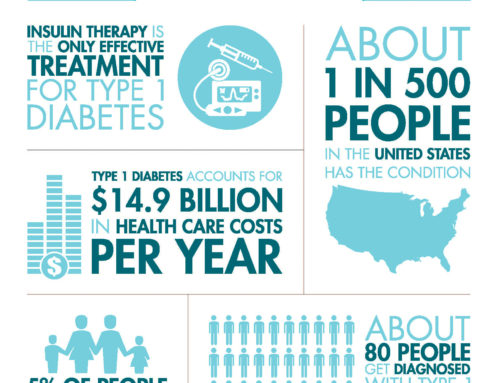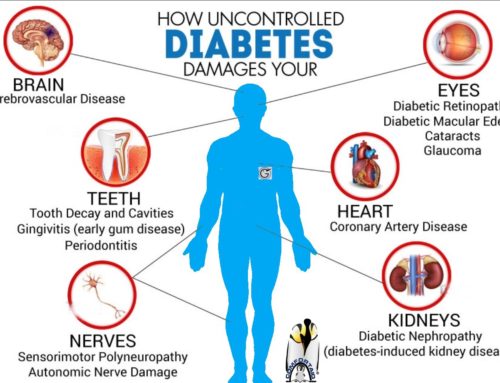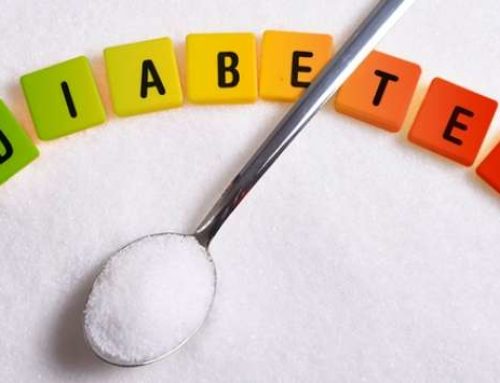When examining your feet, you should look for the following checklist. If you notice any of these, administer first aid as needed, then contact your healthcare provider.
- Cuts/Scratches
After rinsing the area with mild soap and water, apply an antibacterial cream and cover with sterile bandage. If the cut is oozing blood or has foul smelling discharge, contact your doctor right away. - Ulcers
It is an open sore or break in the skin that results from poor circulation, neuropathy and poor wound care. To prevent ulcers, treat cuts/scratches right away. See your healthcare provider immediately when you notice an ulcer. If left untreated, it can lead to gangrene and amputation. - Blisters
It is a round pocket of skin filled with fluid. Usually blisters are caused by friction or burns. NEVER puncture a blister! Apply an ointment and cover with a dry bandage. - Sores
Most often occurs on the bottom of the big toe or ball of the feet. Sores on side of the feet are usually an indication of wrong sized shoes. - Corn/Calluses
Corn is a painful, conical area of thickened skin on toes or usually covering a protruding bone. Callus is an area of thickened skin often found around the heel or ball of the foot. Both are caused by skin rubbing against bony areas of the foot. They occur more often and build up faster on feet of diabetics. If they are allowed to build up, they can become very thick, get infected and cause ulcers. Mild calluses can be managed by using pumice stone or emery board on damp skin. For moderate to severe calluses, see your health care provider. Too much callus means you’ll need foot inserts or therapeutic shoes. - Hammer toe
In this condition, the toe joints buckle up due to tightening of tendons and ligaments. This forces the toe upwards leading to abrasions, sores, corns and calluses. Hammertoes run in families and can also be caused by shoes that are too short. See your podiatrist for shoe modification. - Bunions
It is a bony growth usually at the base of the big toe causing the big toe to slant toward the small toes. This condition often run in families and can be aggravated by ill-fitting pointed shoes. It develops gradually and can cause pain from enlarged bone rubbing against the shoes. It is important that this condition be recognized early and evaluated by your podiatrist. Treatment includes shoe modifications, anti-inflammatory medication and sometimes surgery. - Plantar warts
It is a small, bumpy growth on the bottom of the feet caused by a virus. Never attempt to remove warts yourself. Contact your healthcare provider. - Ingrown toenails
Edge of the nail begins to curve and grow into the adjacent skin causing pain, redness and infection. You can get ingrown toenails if you trim your nails incorrectly or if you shoes are too tight. See your healthcare provider for treatment. - Swelling
Some diabetics use compression stockings for swelling. This is not the right choice for all diabetic patients, so consult your doctor before beginning self-treatment. - Cracking, itching, red skin between the toes
Often a sign of Athlete’s foot which is a contagious fungal infection. Your doctor will prescribe a cream or an oral medication. - Discolored/Yellow toenails
Are a sign of fungal infection. Your doctor will prescribe a long term oral medication for treatment. - Blue/Black skin color
indicates acute loss of blood flow. See your healthcare provider immediately as this is a medical emergency. - Redness
It is a sign of infection along with pain and warmth. Consult your healthcare provider. - Change in shape
Any change is important. Compare both feet to see if one foot is different from the other. - Smooth, shiny skin, loss of hair from feet/legs
Indicates a problem with blood flow. See your healthcare provider for treatment. - Temperature changes
Occur due to inflammation (warm) or poor circulation (cold). See your healthcare provider for treatment. - Dry skin
Apply a moisturizing cream or lotion.
Note:
The good news about managing diabetic foot complications is that it’s all up to YOU. So take back the control. Keeping your blood glucose in check, daily foot care, early identification of a foot problem and early intervention to prevent further deterioration are the key to minimizing serious long term foot damage caused by diabetes.!
Diabetes and Foot Care … read more:
- Diabetes and Alcohol Consumption – Latest Release







Leave A Comment